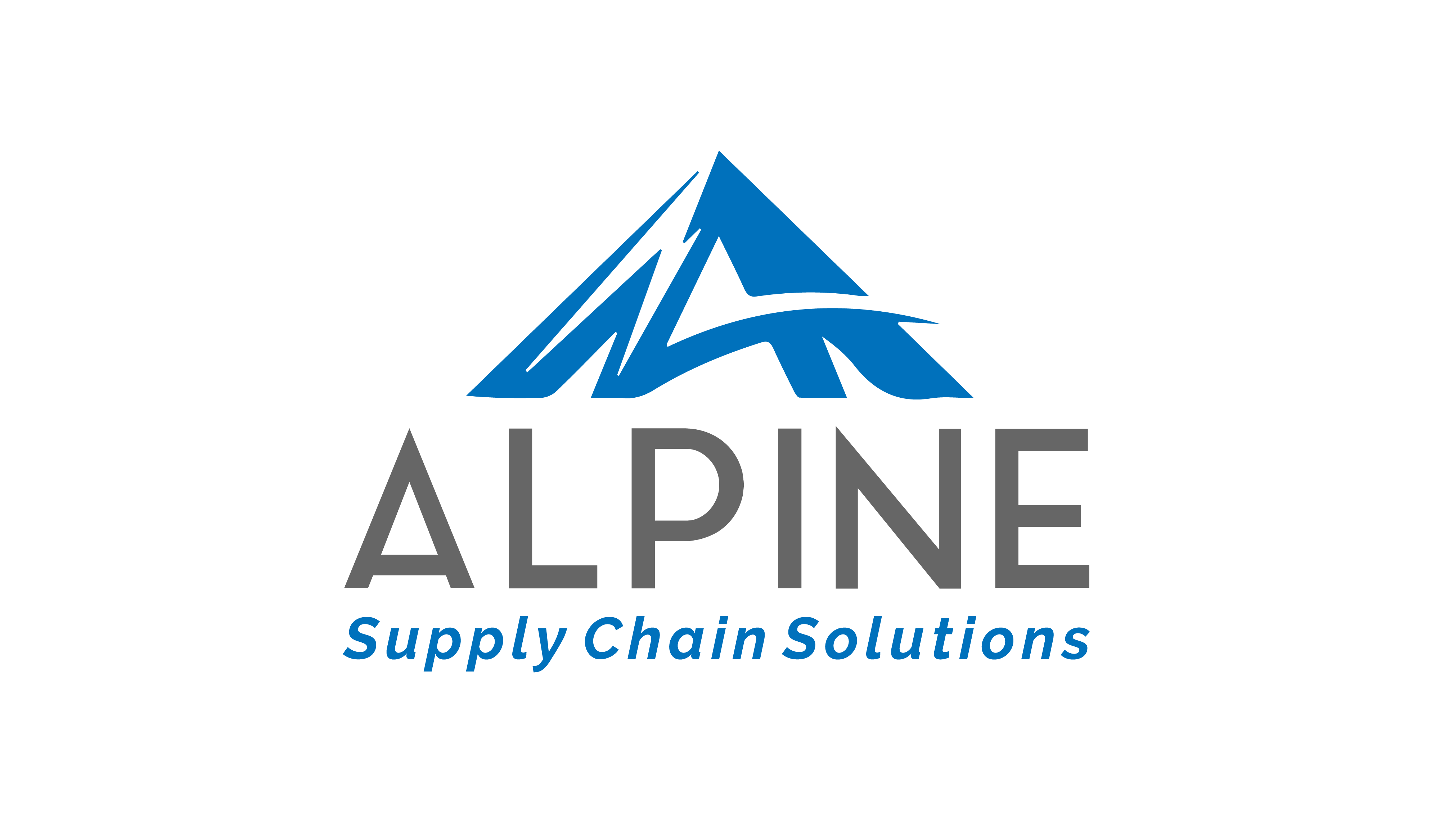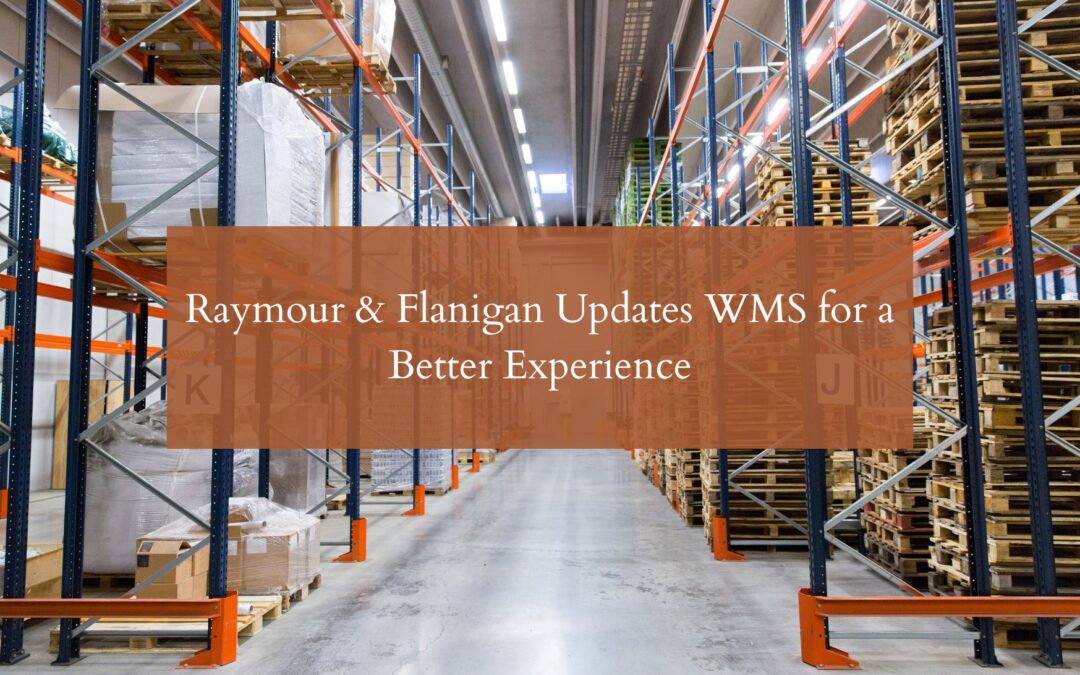
Building an Agile Supply Chain for the E-Commerce Age
Over the past decade, many businesses prioritized the rise of e-commerce without considering the underlying supply chain. While businesses implemented an “all e-commerce all the time” approach, they ignored the importance of addressing the supply chain, leading to limited innovation and stunted growth. Now, to right that wrong, boardroom conversations are returning to supply chain solutions, prioritizing time-to-value, flexibility, and end-to-end accountability. The goal? Building an agile supply chain for the e-commerce age.
Körber Supply Chain published a helpful e-book for the upcoming year, Supply Chain Imperatives: 2024 and Beyond with tips on how to future-proof supply chains. They spoke to partners, thought leaders, and subject matter experts about the value of configuring your supply chain to match your business strategy for years to come. The book is divided into five helpful sections. Below you will find quick summaries of what the book has to offer, but we recommend downloading a copy of it now. It contains far more details that are sure to serve as a useful guide in the coming years.
Section 1: Foundational | Structural | Continuous
Stratagem makes the case for microservices in supply chains. Microservices is a software architecture where large applications are broken down into smaller, independent services that work together through APIs. They are ideal due to its agility, scalability, and resilience, which enables businesses to thrive in the face of growing consumer expectations and constant disruption.
Tsol highlighted nearshoring, which to the US and Canadian market, refers to work performed outside their borders but within a region incorporated by Mexico, Central America, and the Caribbean. It helps facilitate logistics, enables cost savings, and improves skilled labor access, helping to mitigate supply chain uncertainties.
Publicis Sapient dove into supply chain sustainability. Consumers are increasingly prioritizing sustainability, from sourcing to packaging and delivery. Organizations that fail to embrace this shift risk losing market share and damaging their reputation. To succeed in this new landscape, they must build a sustainable supply chain that meets the needs of today’s conscious consumers and secures their long-term success.
Section 2: Commerce and Order Lifecycle
Pivotree, a leader in frictionless commerce, stressed the increasing importance of seamless ordering and fulfillment in today’s competitive market. It recommends using an Order Management System (OMS) to enhance order processing and improve customer satisfaction, with real-time data on inventory, orders, and fulfillment; and a Warehouse Management System (WMS) to reduce space needs, enable error-free order processing, and real-time tracking and automated processes.
Experts over at Perificient argue that personalization reigns supreme and that a seamless omnichannel experience is the new gold standard. They believe the future is driven by AI, that it is transforming e-commerce into a holistic and immersive experience, with AI-powered customer support and intelligent solutions to manage inventory levels.
Körber explains how adopting the “on time in full” key performance indicator allows businesses to measure a company’s ability to deliver on their promise while capturing the highest gross margin on their inventory investment.
Section 3: Warehouse operations and design
As Körber’s 2023 Breakthrough Partner of the Year, Alpine Supply Chain Solutions was invited to contribute to the publication, and our Senior Managing Director, Greg Utter, provided his insight into the evolution of warehouse control systems and how they play a pivotal role in optimizing distribution centers and warehouses. As supply chain complexities continue to grow, the synergy between WCS, automation, and WMS solutions remains essential for maintaining competitiveness and efficiency, while fostering an agile supply chain.
EnVista shared best practices for warehouse management, covering omnichannel fulfillment strategies, cloud-based WMS solutions, automation & robotics, and AI and machine learning. By embracing these WMS best practices, businesses can block new levels of efficiency.
Thought leaders at Extolla focused on the significance of distribution center (DC) design and the consequences of neglecting it. They explain how a poor DC design with ineffective storage can lead to operational inefficiencies, inaccurate inventory management, safety hazards, and reduced employee well-being.
Section 4: Fulfillment
Easypost lists carrier diversification as a key step to take to avoid capacity crunches and spiraling costs. They uncover countless tips that equip businesses with the tools they need to maneuver the intricacies of a multi-carrier strategy.
Folks at Red Shift believe fulfillment optimization can help protect profit margins. Inventory management, order orchestration, physical fulfillment, shipping optimization, and customer communication are some of the main strategies operations can employ to improve fulfillment as a whole.
Section 5: Labor and Robotics
Nowadays it’s almost impossible to talk about labor without the mention of robotics. Experts at Bricz believe that labor challenges will continue, which means more robotics solutions should be expected. They predict fewer new vendors entering the robotics space with some established vendors consolidating and the automation space growing as both vendors and customers work to solidify new automation value drivers.
Vaibe believes gamification is the answer to addressing ongoing problems of low engagement and turnover. They stress that gamification is the answer to unlocking the power of employee engagement by reducing absenteeism and turnover rates and improving quality control and productivity.
The e-commerce revolution is here to stay, but its success hinges on an adaptable and agile supply chain. While the promise of instant gratification and global reach is undeniable, it’s important to remember that behind every purchase lies a complex, interconnected web. A successful supply chain isn’t just about keeping up; it’s about taking the lead. Körber’s e-book provides tons of actionable insights to equip your business for the exciting years ahead. Download a copy of it today, and for more details on how to implement supply chain solutions that offer a measurable ROI, simply give us a call, we’re here to help.






